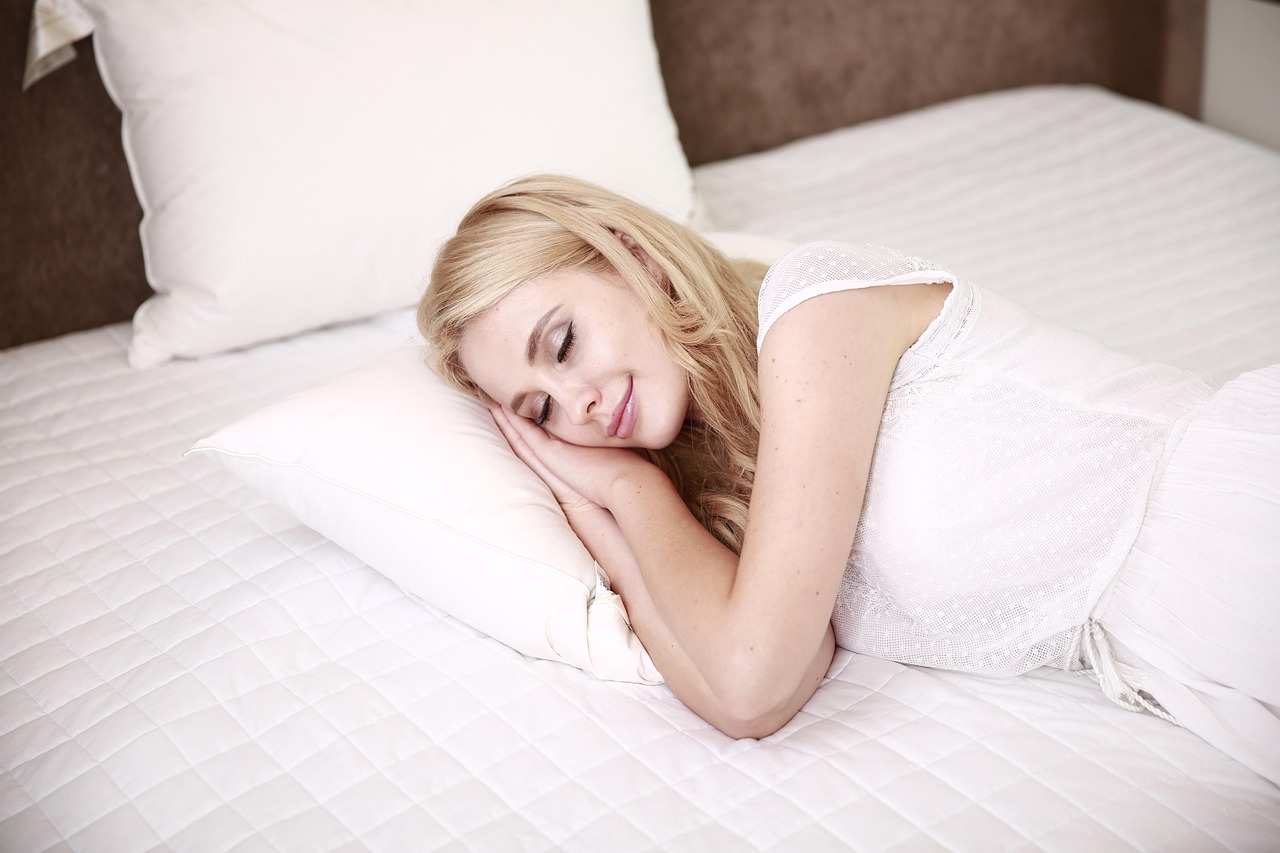Pairing sleep surfaces and bases: achieving balanced support and comfort
Choosing the right combination of sleep surface and bed base affects more than comfort: it influences posture, pressure distribution, circulation, and long-term durability. This article explains how different mattresses and adjustable or motorized bases interact, what to consider for backpain, snoring, or recovery, and how couples and smarthome setups can benefit from customization.

The right pairing of a sleep surface and its base shapes nightly comfort and daytime function. A mattress alone provides contour and pressure relief, while the supporting base controls elevation, incline, and mechanical adjustment. When combined intentionally, they can support healthy posture, reduce pressure points, and accommodate therapy-related needs during recovery. Understanding how materials, firmness, and a motorized base’s range of motion work together helps people make choices that match personal sleep patterns and long-term durability goals.
This article is for informational purposes only and should not be considered medical advice. Please consult a qualified healthcare professional for personalized guidance and treatment.
How does surface affect sleep and posture?
A mattress’s construction—memory foam, latex, innerspring, or hybrid—directly influences spinal alignment and posture. Softer surfaces contour to shoulders and hips, which can relieve pressure but may allow the pelvis to sink, potentially stressing the lower back. Firmer options resist sinkage and help maintain a neutral spine for backpain sufferers. Matching mattress firmness to sleeping position (side, back, stomach) is key: side sleepers often benefit from more contouring for shoulder relief, while back and stomach sleepers generally need firmer support for alignment, contributing to improved daytime posture and reduced discomfort.
What role does ergonomics play in pressure management?
Ergonomics in bedding examines how mattress zoning, foam density, and surface texture distribute pressure across the body. Zoned cores or targeted support areas can offload pressure from shoulders and hips while reinforcing lumbar regions. This pressure redistribution supports circulation and can aid recovery after injury or strenuous activity. Ergonomic design also considers edge support and movement transfer—important for ensuring the whole surface feels stable. Choosing materials with consistent resilience and proper zoning helps maintain both pressure relief and long-term comfort.
Can motorized bases help circulation and snoring?
Motorized bases add functional elevation that can improve circulation by raising the legs or upper torso. Elevating the legs modestly can reduce swelling and promote venous return, which is relevant for recovery or circulation issues. Elevating the head slightly may reduce snoring for some individuals by altering airway alignment, though results vary and are not a substitute for sleep apnea therapy. Motorized adjustments allow fine-tuning of incline to find positions that ease breathing or reduce congestion, offering a noninvasive tool to complement other health strategies.
How do incline, elevation, and remote control fit into routine use?
Incline and elevation settings are central to how users interact with adjustable bases. A remote or app-controlled interface provides easy customization throughout the night or for daytime rest. Incremental incline adjustments can help people find a balance between reducing pressure on certain body parts and maintaining neutral alignment. For example, a gentle head incline combined with slight knee elevation can relieve lumbar tension. Remote controls and smarthome integration add convenience, enabling preset positions for reading, sleeping, or post-surgery recovery without manual repositioning.
How can couples find customization and comfort together?
Couples often face conflicting preferences for firmness and elevation; split adjustable bases and customizable mattress layers can address these differences. Split bases permit each partner to set individual incline and elevation, while mattresses with modular comfort layers allow different firmness zones on each side. This customization reduces motion transfer and supports distinct posture needs, improving overall sleep quality for both partners. Choosing materials and coordinates that balance contouring for one sleeper with support for the other helps maintain comfort without compromising the mattress’s durability.
What about durability, recovery, and therapy considerations?
Durability depends on core construction, foam density, and base design—repeated motorized adjustments place different stresses on mattress components than a static frame. For recovery and therapy, look for supportive cores that resist sagging, breathable covers that manage heat related to circulation changes, and bases rated for frequent incline use. People addressing backpain or rehabilitation may prefer firmer support with selective contouring to avoid pressure while maintaining alignment. Evaluating warranty terms and build quality helps anticipate long-term performance and safe therapy use.
Conclusion Pairing a sleep surface with a compatible base requires attention to posture, ergonomics, and how adjustments affect pressure and circulation. Motorized bases offer incline and elevation options that can assist with snoring, recovery, and individualized comfort, particularly for couples or integrated smarthome setups. Consider mattress zoning, material durability, and the base’s adjustability range to find a combination that supports both restful sleep and daytime wellbeing.






